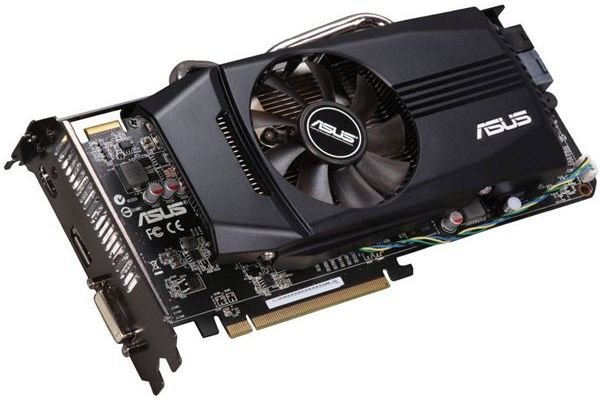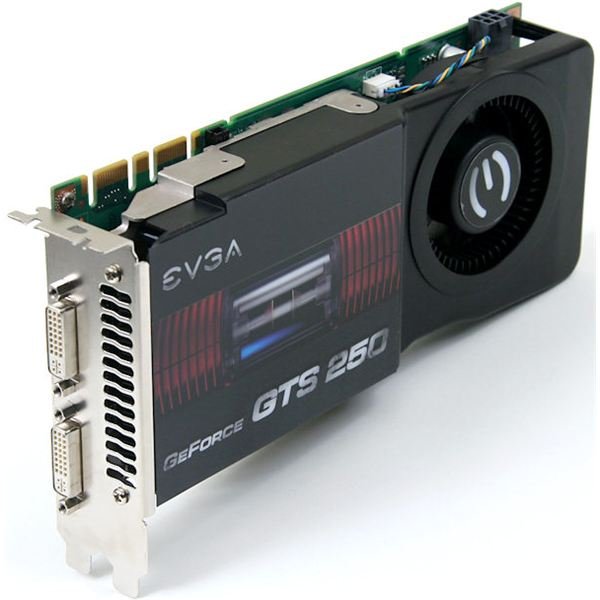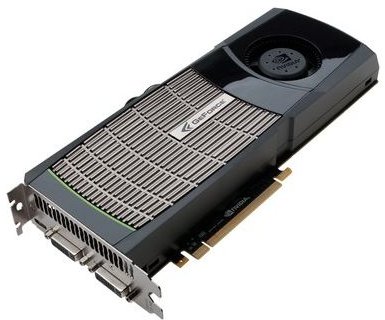Graphics Card Rankings: The Best and Worst Video Cards
Many Price Points for Video Cards
Buying a video card was once simple. If you wanted to play the latest games at the highest settings you needed the fastest video card, so buying was often a matter of picking between a few top-tier cards. The lesser cards were simply sold to people who didn’t know better.
That’s now changed. There are many games on the market that don’t require an absolute cutting-edge video card. This means that buying a video card is more complex, but it also means you can buy an adequate video card without spending a small fortune. Let’s try and split graphics card rankings into a few specific categories to make buying easier.
Top-Tier Graphics Cards
Graphics cards ranked as the very best of the best are now only needed by a very select number of gamers. If you’re a hardcore gamer who likes to play the least PC games at high detail settings on a monitor with 1080p resolution or higher, you should consider graphics cards ranked at the very top.
Both Nvidia and ATI offer cards in this category. Nvidia’s current beast is the GTX 480, which remains the fastest single-GPU video card on the market. The dual-GPU Radeon HD 5970 is ATI’s fastest current card, although it may soon be replaced by a 6970 variant, which should be slightly quicker. ATI also offers a number of single-GPU cards that rank very well, including the Radeon HD 5870 and 6870.
You should expect to pay around $200 or more for a top-tier video card. You’ll also need to have a quality power supply capable of delivering 500 watts of power or more (depending on the card - ATI’s Radeon HD 6870 should be fine with a 400 watt PSU, but the Nvidia GTX 480 needs 500 watts). These cards are physically large, so you’ll need a nice mid-tower case.
Mid-Tier Graphics Cards

The middle child when it comes to graphics card rankings, mid-teir video cards are sometimes negelected when gamers purchase. That’s a shame, because they’re powerful but affordable options that receive constant critical praise. These video cards can play modern games at high detail settings at resolutions up to 1080p, and they can play games that are several years old (Crysis excluded, of course) at 1080p resolution and above.
Nvidia’s main entry in this category is currently the GTX 460. Priced as low as $160, the GTX 460 is capable Direct X11 card that balances price and performance well. ATI’s best entry into this segment is the new Radeon 6850, which can be had for as little as $180. It also provides excellent performance, as well as Eyefinity support.
These video cards are the best choice for most gamers. They require a decent power supply (350 watts or more) and can fit into an average mid-tower case as well as some micro-tower cases.
Bottom-Tier Graphics Cards

Often looked down upon by gamers, the lowest cards in our graphics card rankings are still worth consideration. These cards are unable to play the latest games at high detail settings at resolutions beyond 1680x1050, but they’re very capable of playing less demanding titles. For example, a World of Warcraft player should be very happy with one of these cards.
There are many options in this arena including the ATI Radeon 5500, 5600 and 5700 series as well as the Nvidia GTS 240 and 250. ATI cards generally have a notable advantage against Nvidia cards of similar price, but there may be some exceptions if you find an Nvidia card on sale. These video cards will fit into most systems with a tower of normal width (about eight inches) and only require a power supply of about 300 watts. Pricing is generally below $150, and many cards are available for under $100.
Although serious gamers won’t be happy with these options, they’re a good choice for part-time gamers who don’t care about playing with detail settings cranked to max.
